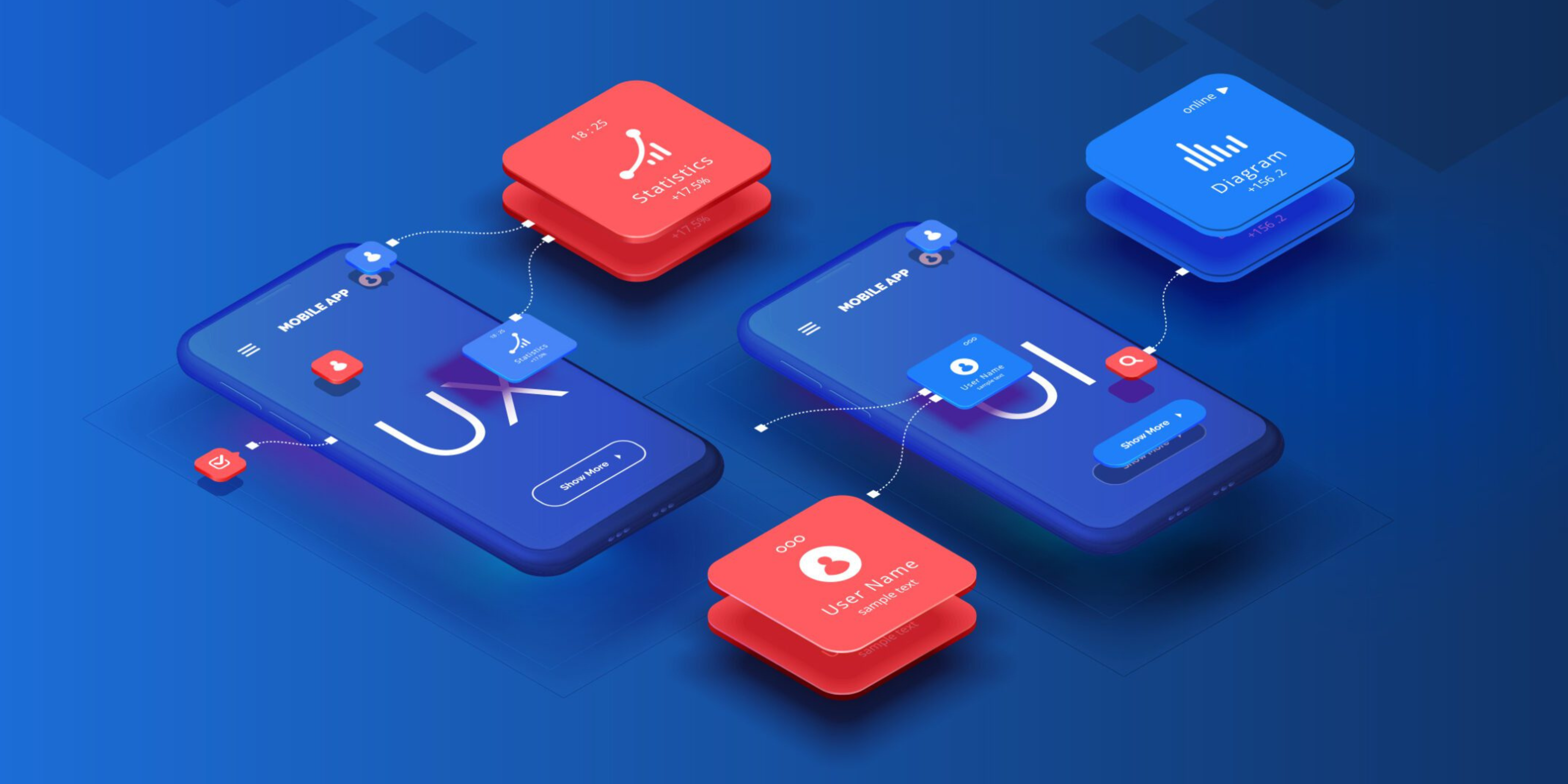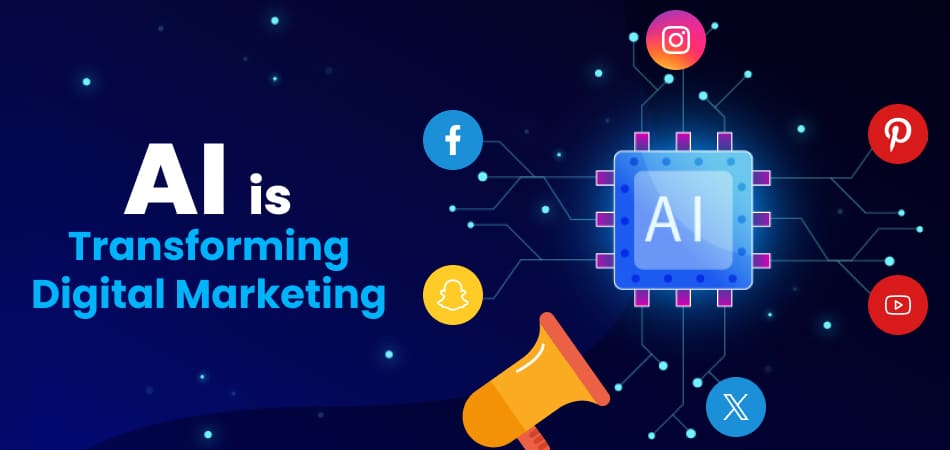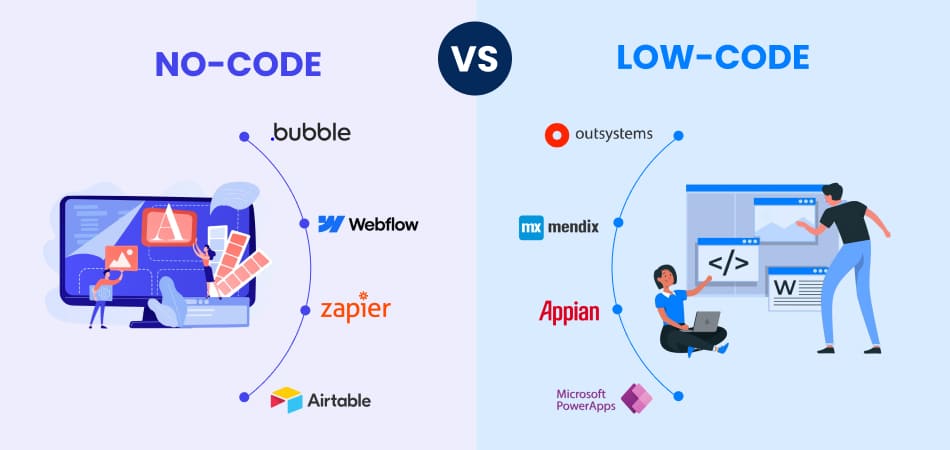The digital landscape is a fast-paced rollercoaster, and keeping up with the latest UI/UX trends is crucial for staying ahead of the curve. In 2024, user expectations are skyrocketing, and designers need to understand what truly resonates to create successful experiences. So, buckle up, grab your virtual roller coaster ticket, and let’s explore the key trends that will define the year!
A Look Back: How UI/UX Design Transformed
Before diving into the future, let’s take a quick peek at the recent shift in UI/UX design. Flat design minimalism dominated the past few years, prioritizing clean lines and simple elements. While it served its purpose, users now crave more engaging and immersive experiences.
This yearning for deeper connections is fueled by several factors:
- Mobile-first mentality: With over 60% of global internet traffic coming from mobile devices (source: Statista, 2023), the focus has shifted to creating seamless and intuitive experiences for smaller screens.
- Personalized expectations: Users are tired of generic interactions. They demand tailored experiences that cater to their unique needs and preferences.
- Rise of emerging technologies: Augmented Reality (AR) and Virtual Reality (VR) are blurring the lines between the digital and physical world, requiring innovative UI/UX solutions.
What Factors Are Driving UI/UX Trends in 2024?
The ever-evolving landscape of UI/UX design isn’t shaped by chance. Several key factors are influencing the trends we see in 2024:
1. Technological Advancements:
- Mobile dominance: As mobile remains the primary access point for the internet, interfaces need to be optimized for smaller screens and intuitive touch interactions.
- AI & Machine Learning: These technologies are enabling personalization, dynamic content, and voice-driven experiences, revolutionizing how users interact with interfaces.
- AR/VR Integration: Blurring the lines between the digital and physical worlds, AR/VR is pushing the boundaries of UI/UX design, demanding innovative solutions for immersive experiences.
2. Shifting User Expectations:
- Demand for personalization: Users expect experiences tailored to their unique needs and preferences, driving the personalization trend.
- Desire for engagement: Static interfaces are no longer enough. Users crave interactive and engaging experiences that keep them coming back.
- Accessibility awareness: With growing awareness of diverse user needs, inclusive design practices are becoming crucial for ethical and successful products.
3. Business Priorities:
- Increased competition: In a crowded digital landscape, businesses need to stand out with unique and engaging UI/UX design.
- Conversion optimization: User experience directly impacts business goals like conversions and retention, making UX a top priority.
- Data-driven decisions: Businesses are leveraging data analytics to understand user behavior and inform design decisions based on real-world insights.
4. Global and Cultural Shifts:
- Sustainability concerns: Eco-conscious practices are influencing design choices, leading to optimization for reduced energy consumption and responsible resource usage.
- Remote work culture: The rise of remote work demands interfaces that foster seamless collaboration and communication across geographies.
- Emerging markets: As internet access expands globally, UI/UX needs to adapt to diverse cultural contexts and languages.
By understanding these driving forces, you can not only keep up with the trends but also anticipate and shape the future of UI/UX design.
UI UX Trends to follow in 2024
From minimalist design to voice interfaces, let’s zoom in on the specific trends that will shape the UI/UX landscape in 2024:
1. Microinteractions: Small Details, Big Impact:
Gone are the days of static interfaces. In 2024, tiny, delightful interactions will add personality and engagement. Imagine buttons that subtly animate on hover, or progress bars that transform with playful visuals. These microinteractions, inspired by game design, create a sense of responsiveness and delight, leaving users wanting more.
2. Dynamic Content & Personalization:
Forget one-size-fits-all solutions. Dynamic content, powered by AI and user data, will tailor interfaces to individual preferences. Imagine e-commerce platforms suggesting products based on past purchases, or news apps curating content based on reading history. This level of personalization fosters deeper connections and boosts user satisfaction.
3. Voice User Interfaces (VUIs): Talk is the New Tap:
The rise of smart speakers and voice assistants like Alexa and Siri has ignited the VUI revolution. In 2024, we’ll see even more seamless voice interactions integrated into websites and apps. Users will control devices, navigate interfaces, and access information simply by speaking. This hands-free convenience will further blur the line between the digital and physical worlds.
4. 3D & Immersive Experiences: Beyond the Flat Screen:
Remember flat design? Well, it’s time to add some dimension! 3D elements, animations, and even AR/VR integrations will create more immersive and engaging experiences. Imagine exploring product visualizations in your living room using AR, or navigating complex information through interactive 3D data visualizations.
5. Dark Mode & Accessibility: Inclusivity is Key:
Dark mode isn’t just a trend; it’s an essential accessibility feature. In 2024, expect to see even more emphasis on inclusive design that caters to diverse user needs and preferences. This includes considerations for color blindness, dyslexia, and other visual impairments. By prioritizing accessibility, you create a welcoming and inclusive experience for everyone.
6. Emotional Design: Connecting on a Deeper Level:
Gone are the days of cold, robotic interfaces. In 2024, designers will leverage emotional design principles to evoke specific feelings and reactions from users. Imagine websites that use calming color palettes and soothing animations to create a sense of tranquillity, or apps that utilize playful elements and interactions to encourage engagement.
7. Sustainable Design: Eco-Conscious Choices:
Sustainability is no longer just a buzzword; it’s a responsibility. In 2024, we’ll see UI/UX design embracing eco-friendly practices. This includes optimizing website loading speeds to reduce energy consumption, using lightweight design elements, and choosing fonts and colors that are visually appealing while being accessible to color-blind users.
Conclusion
The UI/UX trends of 2024 are all about creating engaging, personalized, and accessible experiences that cater to evolving user expectations. Embrace these trends, experiment, and have fun! Remember, the goal is to create interfaces that not only look good but also feel good, ultimately leaving users with a positive and memorable experience. So, strap on your virtual roller coaster goggles, hold tight, and enjoy the ride!



